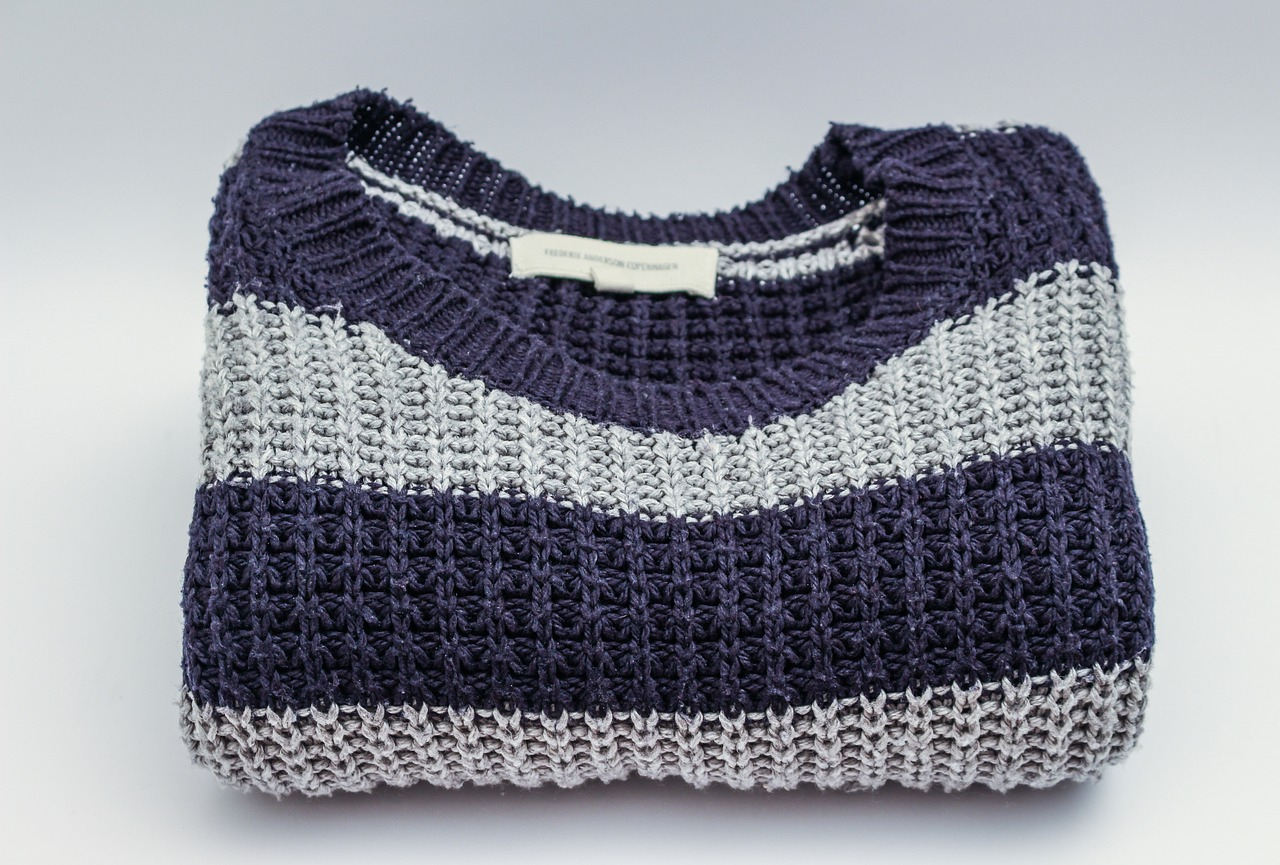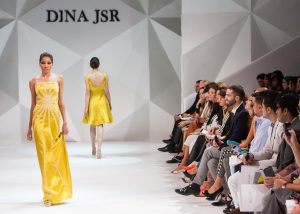Borrowed from the Boys: Women’s Suiting Evolution
When we think of a traditional suit, we often picture a man dressed in a crisp, tailored ensemble. However, over the years, women have been breaking sartorial barriers and redefining what it means to be “borrowed from the boys.” Women’s suiting evolution has come a long way since the days when women wore long skirts and corsets, and it has not only been a fashion statement but also a symbol of empowerment and gender equality. In this article, we will take a closer look at the evolution of women’s suiting and how it has evolved to become a staple in every woman’s wardrobe.
The Beginning of Women’s Suiting
In the 19th century, women were expected to wear long skirts, corsets, and other restrictive garments that confined their movement and limited their fashion choices. It wasn’t until the early 20th century when women started to challenge these social norms, and the iconic designer Coco Chanel was one of the leading pioneers in women’s fashion. She introduced the concept of borrowing elements from men’s fashion and incorporating them into women’s clothing, including the iconic Chanel suit that consisted of a collarless jacket and slim-fitting skirt.
The Roaring Twenties and the Rise of Women’s Pantsuits
In the 1920s, women’s fashion took a drastic turn with the introduction of women’s pants. It was a symbol of rebellion against the traditional gender roles, and women started to embrace the practicality and comfort of pants. Pantsuits became popular among women during this era, and they were often seen wearing them while participating in sports, driving, or during casual outdoor activities.
The Golden Age of Hollywood and the Power Suit
During the 1940s and 1950s, women’s suiting took a more glamorous turn, thanks to the influence of Hollywood. The powerful and confident women of this era were often seen wearing tailored suits with padded shoulders, nipped waistlines, and pencil skirts. The iconic actress Katharine Hepburn was one of the leading figures who popularized the “power suit,” which became a symbol of strength and independence for women.
The 1960s and the Chic Minimalism
In the 1960s, the fashion industry witnessed a significant shift towards minimalism, and women’s suiting was no exception. The iconic fashion designer Yves Saint Laurent introduced the “Le Smoking” suit, which revolutionized women’s fashion by giving them a sleek and sophisticated alternative to dresses. The androgynous silhouette of the pantsuit made it a symbol of gender equality, and it became a favorite among powerful women, including the legendary actress Marlene Dietrich.
The 1980s and the Bold Colors and Patterns
The 1980s were all about bold and daring fashion, and women’s suiting was no different. Suits were seen in bright colors, oversized shoulder pads, and bold patterns. Designers like Giorgio Armani and Jean-Paul Gaultier were among the influential fashion figures who embraced the trend and incorporated it into their designs. The power suit was still a popular choice for women in the corporate world, and it became a dominant trend in the fashion industry.
Women’s Suiting Today: A Mix of Classic and Modern
In today’s world, women’s suiting has come a long way and has evolved into a versatile and inclusive fashion choice for women of all shapes, sizes, and styles. The classic power suit is still a staple in many women’s wardrobes, but it has been modernized with new cuts, fabrics, and colors. Women can now choose from a variety of suit styles, including the classic two-piece suit, tailored jumpsuits, and even skirt suits.
The Redefinition of Women’s Suiting
The idea of borrowed from the boys has evolved into a more inclusive and diverse concept, and women’s suiting is no longer limited to just men’s fashion. Women of all sizes, ages, and gender identities can now find a suit that suits their personal style and preferences. Designers have also started to incorporate more sustainable and eco-friendly materials in their suiting collections, making it not only fashionable but also responsible.
In conclusion, women’s suiting has undergone a significant transformation in the past century, from being a symbol of rebellion to a symbol of empowerment and inclusivity. It has not only revolutionized women’s fashion, but it has also challenged societal norms and pushed for gender equality. As we continue to see the evolution of women’s suiting, one thing is for sure: it will always be an essential and timeless element in every woman’s wardrobe.








